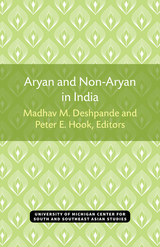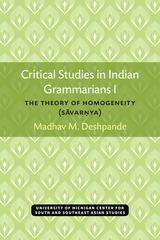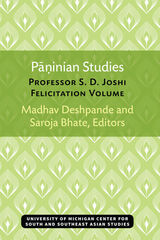



This is a critical edition of the Kramapatha and Jatapatha forms of recitational permutations of several sections of the Saunakiya Atharvaveda available in six rare manuscripts found in Pune, India. Such recitational variations for the Atharvaveda are no longer available in the surviving oral tradition in India, and hence the texts, critically edited here, provide rare access to these materials. Some of these recitational variations are defined in the ancient text, Saunakiya Caturadhyayika, which was recently published in a critical edition in Harvard Oriental Studies (vol. 52, 1997).
The texts offered here allow scholars to compare the recitational tradition of the Atharvaveda with those of other Vedas, which are still available in the surviving oral tradition. The edition has a detailed introduction that investigates the historical origins, development, and significance of these recitational permutations.


A detailed discussion by the editor complements this critical edition and translation of the phonetical treatise (Pratisakhya) of the Saunaka Samhita, one of two versions of the second oldest Indian text, the Saunaka Atharvaveda.
The 19th century edition of the text by W.D. Whitney has long been out of date; this reevaluation provides insights into early grammatical thought and helps to re-establish the textual tradition of the Atharvaveda. The book deals with the phonetically correct pronunciation of that text which has received only preliminary treatment thus far. It is also one of the few in its genre.
READERS
Browse our collection.
PUBLISHERS
See BiblioVault's publisher services.
STUDENT SERVICES
Files for college accessibility offices.
UChicago Accessibility Resources
home | accessibility | search | about | contact us
BiblioVault ® 2001 - 2024
The University of Chicago Press









